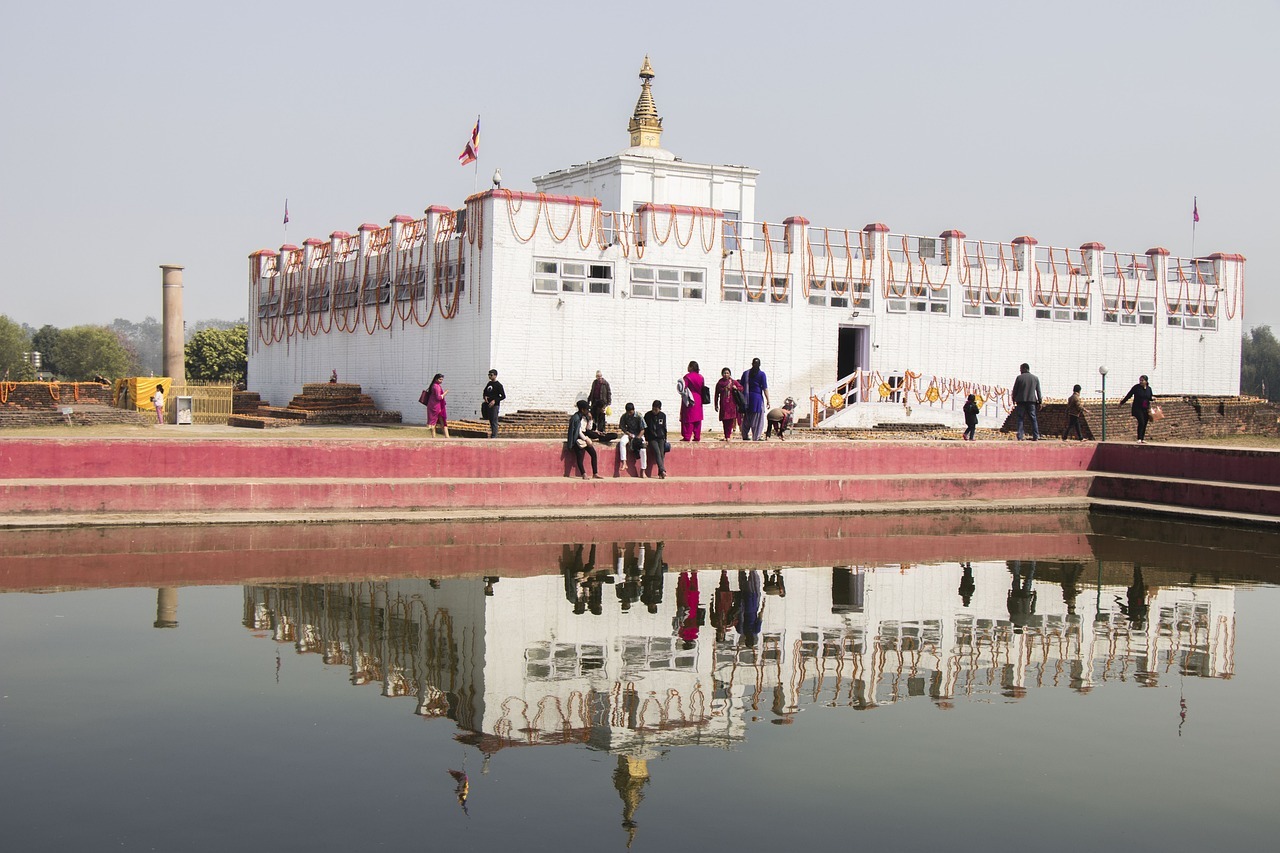In the heart of Nepal lies a place of profound significance, both spiritually and historically. Lumbini, the birthplace of Siddhartha Gautam Buddha, is a sacred pilgrimage site that draws visitors from around the world to pay homage to the enlightened teacher whose teachings continue to inspire and guide millions of people.
Discovering Lumbini’s Heritage
Nestled in the plains of southern Nepal, Lumbini is a UNESCO World Heritage Site renowned for its cultural and religious importance. According to Buddhist tradition, it was here, in the grove of sal trees, that Queen Maya Devi gave birth to Siddhartha Gautam Buddha in 563 BCE. The site is marked by the Maya Devi Temple, which houses the exact spot where Buddha was born, as well as ancient ruins, monasteries, and sacred ponds.
The Maya Devi Temple: A Place of Reverence
The centerpiece of Lumbini is the Maya Devi Temple, an architectural marvel that stands as a testament to the enduring legacy of Buddha’s birth. Pilgrims and devotees flock to the temple to offer prayers, light incense, and meditate in the tranquil surroundings. The temple’s sanctity is palpable, with a sense of serenity and reverence that envelops visitors as they enter its hallowed halls.
Exploring Lumbini’s Sacred Sites
Beyond the Maya Devi Temple, Lumbini is home to a wealth of sacred sites and monuments that offer insight into Buddha’s life and teachings. The Ashoka Pillar, erected by the great Mauryan emperor Ashoka in the 3rd century BCE, is one of Lumbini’s most iconic landmarks. Inscribed with inscriptions proclaiming Ashoka’s devotion to Buddhism and his efforts to spread the faith, the pillar stands as a symbol of peace and enlightenment.
Nearby, the Sacred Garden encompasses the birthplace of Buddha and several ancient ruins dating back to the time of his birth. Visitors can wander through the garden’s serene pathways, pausing to reflect at the sacred pond where Buddha’s mother is said to have bathed before giving birth.
Monastic Zones: A Global Spiritual Hub
Lumbini is also home to several monastic zones, each representing different Buddhist traditions and countries from around the world. These monasteries, built in traditional architectural styles, serve as centers of worship, meditation, and learning for Buddhist practitioners and scholars. From the ornate pagodas of Thailand to the simple mud huts of Nepal, each monastery offers a glimpse into the diverse tapestry of Buddhist culture and heritage.
Embracing the Spirit of Lumbini
Beyond its historical and religious significance, Lumbini is a place of profound spiritual resonance, where visitors can connect with the teachings of compassion, wisdom, and enlightenment espoused by Siddhartha Gautam Buddha. Whether you’re a devout Buddhist seeking spiritual renewal or a curious traveler interested in exploring Nepal’s rich cultural heritage, Lumbini offers a journey of discovery unlike any other.
Practical Tips for Visiting Lumbini
- Respect the Sacredness: Lumbini is a place of religious reverence, so dress modestly and behave respectfully when visiting temples and monasteries.
- Plan Your Visit: Allocate sufficient time to explore Lumbini’s various sites and monuments, as there is much to see and experience.
- Guided Tours: Consider hiring a local guide to enhance your understanding of Lumbini’s history and significance.
- Accommodation: Lumbini offers a range of accommodation options, from guesthouses to luxury hotels, catering to different budgets and preferences.
- Transportation: Lumbini is accessible by road and air, with regular bus services and flights connecting it to major cities in Nepal.
Conclusion: A Journey of Enlightenment
Lumbini, the birthplace of Siddhartha Gautam Buddha, is more than just a historical site—it is a place of profound spiritual significance that continues to inspire and uplift visitors from all walks of life. As you wander through its sacred grounds, may you find peace, enlightenment, and a deeper understanding of the timeless teachings of Buddha.


